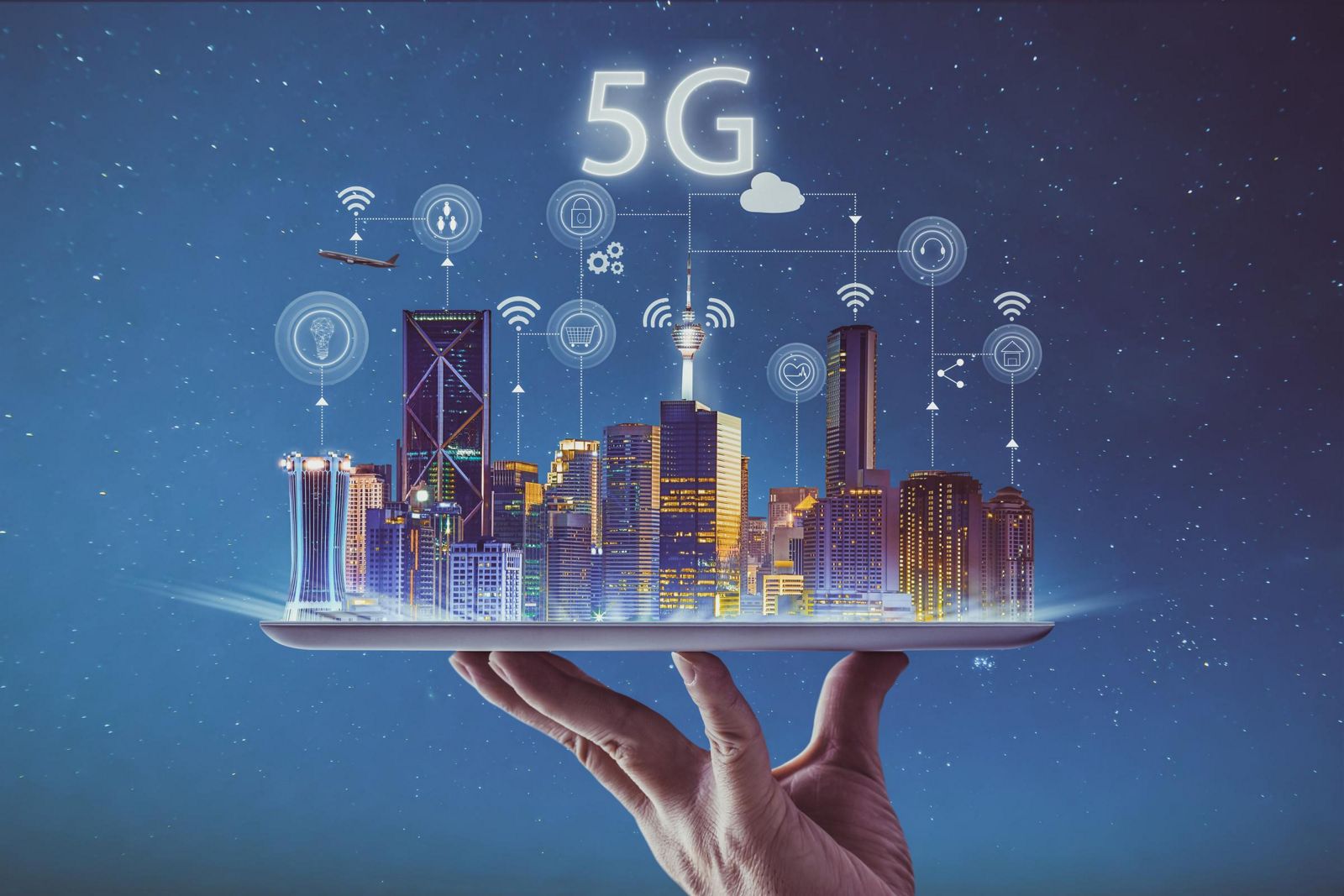5G
In this troubled time, where communications have made it clear how important they are, 5G seems to have been relegated to the background. Communication systems are in the process of being deployed, they have forced the second digital dividend in Europe by releasing the 700-megahertz (MHz) band of the radio spectrum used in DTT. This forces us to change the frequency of the televisions in our homes.
The European-wide standard indicates that this band must be fully available before June 30, 2020.
The frequencies required for 5G, are from 694 to 790 MHz (700 MHz band). Something similar already happened in 2014 with 4G.
The European Community is making a major push for fifth-generation (5G) mobile telephony, what remains to be is how quickly this deployment will take place after Covid-19. It is clear that priorities change and the focus of investments are for more critical and priority elements.
The benefits that 5G promises is not limited only to the communications sector, but also allows innovative applications and uses for citizens, companies, and public administrations.
5G is an engine of change and digital transformation; in the case of Spain supported by one of the largest fiber networks in Europe (from Telefónica), it is a pillar for the digital evolution of society and the economy.
Thanks to this technology, the Smart City will become a reality, closer every day.
What we now see as normal in 4G has a new series of applications and uses in our Broadcast sector.
5G, the fifth generation of technology for use in mobile telephony, offers high bandwidth of 400 Mbps up to 1.2 Gigabits per second, low latency and QoS capabilities (quality of service).
The technical specifications include minimum speeds of 20 Gbps for download and 10 Gbps for upload and latency of up to one ms. it is between 10 and 100 times more than that of 4G or 4.5G.

Broadband is obtained 1,000 times faster than the current ones for each connection cell.
99.999% availability and 100% coverage is estimated.
Another important factor is that it consumes 90% less energy than other networks currently. This will allow IoT devices (Internet of Things) lasting batteries for more than ten years, for example.
In our sector, movements such as 5G-MEDIA, a consortium of several European countries among whom Spanish companies such as RTVE, Telefónica and the UPM (UNIVERSIDAD POLITÉCNICA DE MADRID), are conducting tests and experiments in real use cases for our business.
5G Media seeks efficient and projected business models.
The main use cases are the following three:
- UC1: Immersive Multimedia Content and Virtual Reality (VR)
- UC2: Intelligent Production and User Generated Content
- UC3: Ultra High Definition (UHD) on Content Delivery Network (CDN)
In addition to these use cases, mobile capture systems such as ENG cameras will be able to send recorded or live materials with much greater freedom of movement and, not needing to go to the television to ingest the card (or for some who we already comb gray hair, ingest the tape).
In the area of transmission, Radio Televisión Española has carried out 5G deployment tests with Radio 5 or Canal 24 Horas.
In addition to the importance of 5G in broadband services in rural areas, ensuring access and connectivity, so important in these times of teleworking.
5G promises to be a great engine of the economy; hopefully it will be activated as soon as possible to be one of the post Covid-19 tractors.
Asier Anitua Valluerca
Gerente Desarrollo de Negocio
Telefónica Servicios Audiovisuales
